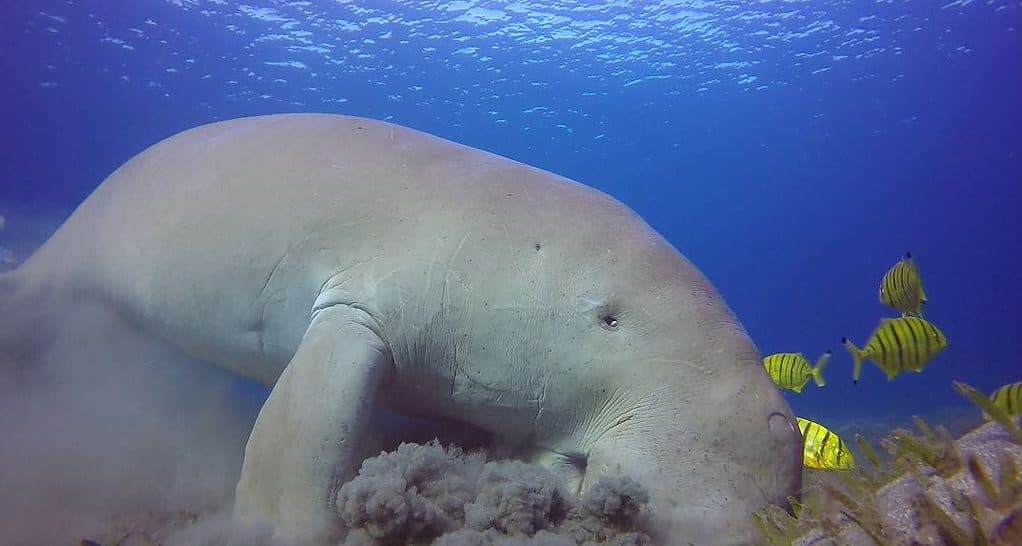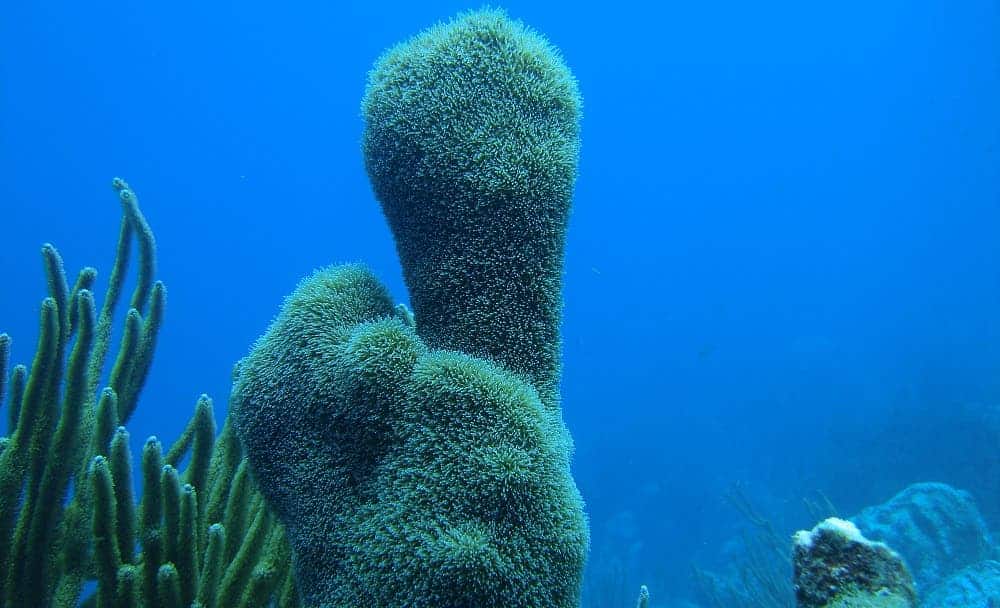From illegal and unsustainable fishing to fossil fuel exploration, there is a barrage of threats leading many marine species to the brink of extinction, according to the International Union for Conservation of Nature (IUCN) red list. Populations of dugongs, pillar coral, and abalone shellfish could soon disappear forever, along with countless other creatures. Meanwhile, world leaders are trying to draw a new international biodiversity agreement. Could it make a meaningful impact?

The IUCN published its latest update to its Red List of Threatened Species and there’s a lot to worry about. The report warned of a “perfect storm” faced by marine life because of human activity. Climate change, pollution, and habitat destruction have brought 28% of the more than 150,000 species of plants, animals, and fungi on land, freshwater, and seas under threat — making them either vulnerable, endangered, or critically endangered.
The warning comes during the United Nations biodiversity conference COP15 in Montreal, Canada, where governments are trying to agree on a global treaty with binding targets to protect biodiversity. The treaty, similar to the Paris Agreement for climate change, would include a list of actions to deliver by 2030 and 2050 — but it’s unclear if it will actually happen.
“It is clear that business as usual is no longer an option,” Ashleigh McGovern from the NGO Conservation International said in a statement. “Human activity has had devastating effects on marine ecosystems and biodiversity, but it can also be harnessed to drive action as a matter of survival, equity and climate justice.”
The most affected marine species
Pillar corals (Dendrogyra cylindrus), found throughout the Caribbean from the Yucatan Peninsula and Florida to Trinidad and Tobago, have moved from vulnerable to extinction to critically endangered. Their population has dropped by over 80% since 1990. The most urgent threat is the stony coral tissue loss disease, as it can infect 100 meters of reef a day.

“The pillar coral is just one of the 26 corals now listed as Critically Endangered in the Atlantic Ocean, where almost half of all corals are now at elevated risk of extinction due to climate change and other impacts,” Beth Polidoro, an associate professor at Arizona State University and the leading coral specialist at IUCN, said in a statement.
The Red List also shows dugong (Dugong dugon) populations in East Africa are now listed as critically endangered, one step away from extinction. There are only 250 individuals remaining in East African waters, threatened by boat injuries, bottom trawling, chemical pollution, unauthorized coastal development, and habitat destruction.
In New Caledonia in the Pacific, the population of under 900 dugongs is now considered endangered, challenged by pollution from nickel mining, agricultural runoff, and coastal development. Creating additional conserved areas where dugongs live, would allow to halt long-term declines in their abundance, IUCN said in a statement.
Meanwhile, in South Africa, poaching by criminal networks (much of it connected to drug trade) has devastated the population of the perlemoen abalone (Haliotis midae). Twenty of the world’s 54 abalone species are now threatened with extinction. Frequent and severe marine heatwaves have caused mass mortalities, mainly on Roe’s abalones (H. roei).
“Humanity acts as if oceans were inexhaustible, capable of sustaining infinite harvest of algae, animals and plants for food and other products, able to transform vast quantities of sewage and other pollutants that we pour in coastal areas, and absorb the CO2 generated by land-use change and burning fossil fuel,” Jon Paul Rodríguez from IUCN said in a statement.
Ultimately, climate change doesn’t exist in a vacuum, and neither does pollution or biodiversity damage. They are all interconnected and feed one another, so if we truly want to reduce our environmental impact, we’d be wise to try a more holistic approach and also start focusing more on biodiveristy.






